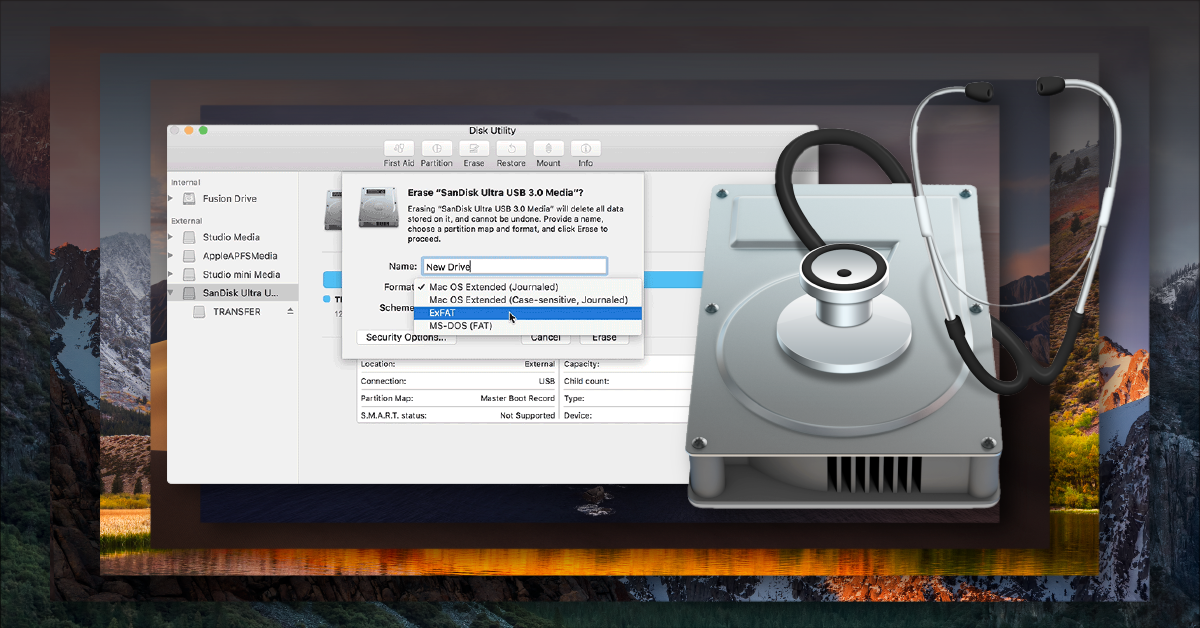

(Note that unless you have reliable Gigabit Ethernet service, you won’t be able to measure if the port is actually performing at full speed.) For each model in the test group, we verified the connection speed in Network Utility on a Mac, which displays the maximum link speed. Most hubs with Ethernet ports support gigabit speeds, meaning data can transfer at up to 1,000 megabits a second. Ethernet: A wired Ethernet connection is almost always faster than Wi-Fi and is more reliable, too.We cut from contention any hubs that didn’t perform at 4K resolution. When you’re working in documents and email, you may not mind this effect, but for design work or watching videos, you may want to connect using a DisplayPort connector, if you’re able to. This means that images on your monitor, such as the cursor moving across the screen or scenes in a movie, won’t be as fluid over this HDMI connection as you’re likely used to on a computer or phone. Mac computers support only a 30 Hz refresh rate at 4K resolution (the image refreshes 30 times a second), and although many hubs used to advertise that they worked at 60 Hz with PCs, most now operate only at this lower figure. We connected each of the docks via HDMI to a Dell Ultra HD 4K Monitor P2715Q with the resolution set to 4K. HDMI: A hub can be very useful at a desk, especially if you want to hook your computer up to an external monitor.

Our measured speeds landed largely in the 400 to 425 MB/s range we eliminated any model that was noticeably slower. Most of the hubs we tested advertised USB 3.0 speeds, which max out at 640 MB/s on paper. Since SSDs are faster than spinning hard drives, our use of the T5 ensured that the speeds we measured weren’t hindered by the drive.

Where to go for usb on mac portable#
We ran AJA System Test speed tests using the Samsung T5 Portable SSD (500 GB) to measure transfer speeds.


 0 kommentar(er)
0 kommentar(er)
